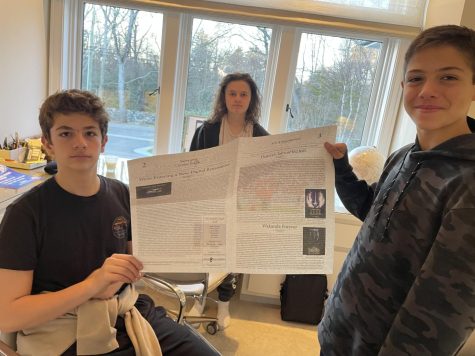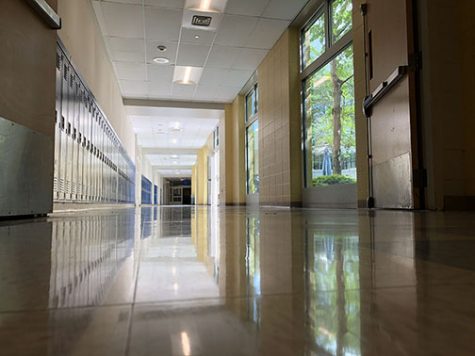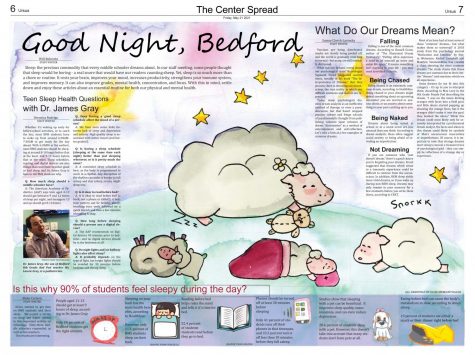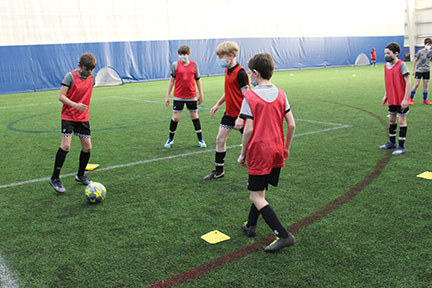Coming of Age with Meaning and One Big Celebration
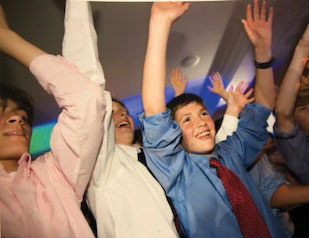
photo contributed allison adler
“The path to adulthood should be celebrated,” Rabbi Michael Friedman.
At the age of 12 or 13, Jewish children throughout the world celebrate a bar or bat mitzvah: a coming of age ceremony.
They must read a passage from the Torah, the Jewish holy scripture, write a speech about the passage’s meaning, and complete many other tasks, only to be followed by a huge party with snacks, games, and dancing with your friends and family.
Hundreds of years ago, 13 year old Jews were bar mitzvahed with no party nor friends.
Children were bar mitzvahed and then immediately took all of the adult responsibilities. They stopped school, looked for a job, and even got married in their teens.
In a single day, Jewish 13 year olds would become adults.
Nowadays, after a bar or bat mitzvah, teens keep going to school, and wait a while until we take on more adult responsibilities.
We interviewed Rabbi Michael Friedman, Rabbi of Temple Israel, a religious school and synagogue in Westport.,Conn. When asked what the process leading up to the Torah reading and prayer reciting was, he talked about all the thought and work that goes in to the ceremony.
“You start in kindergarten, but that’s just learning how to be a Jewish person, but the preparation for that one day starts six months before, and you have meetings with the rabbi and the cantor.”
He also mentioned that the party aspect of the bar or bat mitzvah was not an issue for him. He said the path to adulthood should be celebrated.
There are three types of Judaism: Reformed Jews, Conservative Jews, and Orthodox Jews. Unlike the other two, in most Orthodox temples, girls are not allowed to read from the Torah, and they might not even be able to get bat mitzvahed in general.
During the bar or bat mitzvah service, students must first lead the audience in a few prayers.
They must then read a portion of the Torah, depending on the time of year the service is. For example, if you were to have your bar or bat mitzvah the week of Feb. 9 this year, you will read Exodus 25:1-27:19. It describes the mikdash, a sanctuary, being built.
All 54 of the Torah portions are different and tell a different story. After the student reads their Torah portion, they must deliver a “Dvar Torah” or a speech they work on with a rabbi about the Torah portion just read and its meaning.
After this, the celebrant will receive a blessing from the rabbi and the cantor, a person who leads the chanting during prayer at a Jewish synagogue, and officially become bar or bat mitzvahed.
While Hebrew school may seem stressful, its outcome is very exciting and rewarding.
The prayers said at a bar and bat mitzvah will be used throughout life, and having friends and family there make bar or bat mitzvahs a proud and memorable experience.



